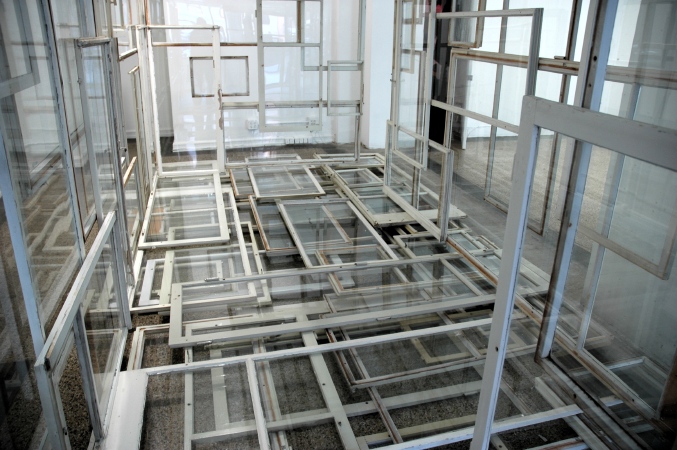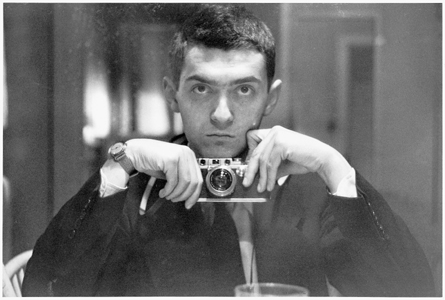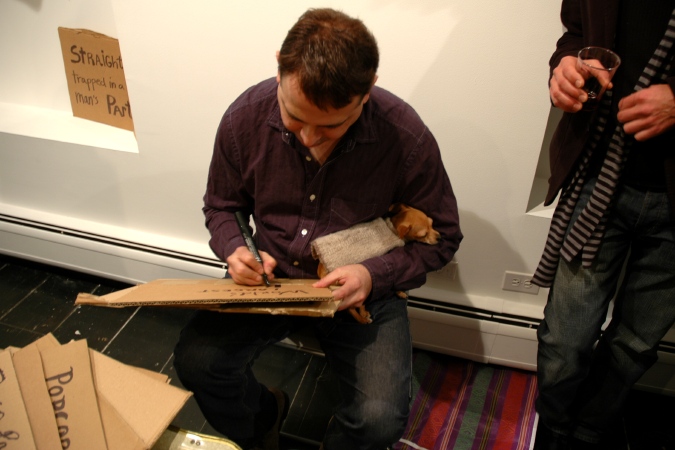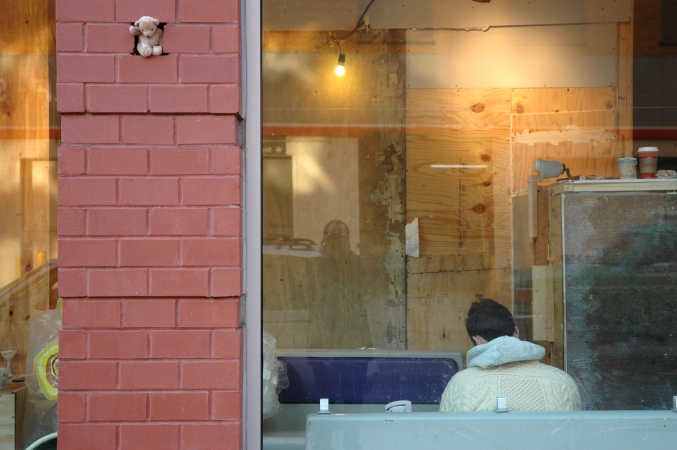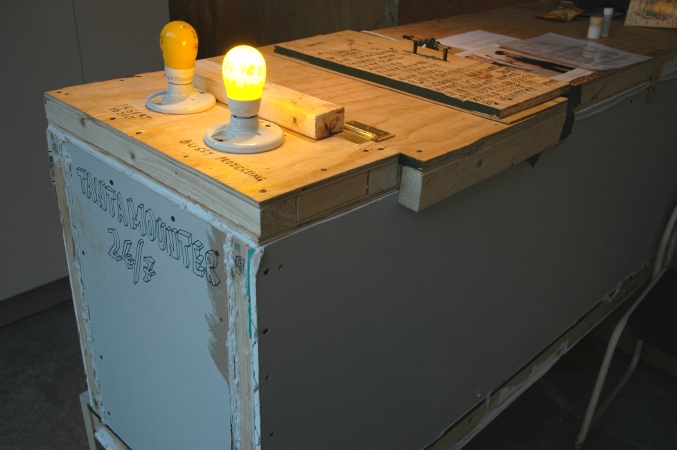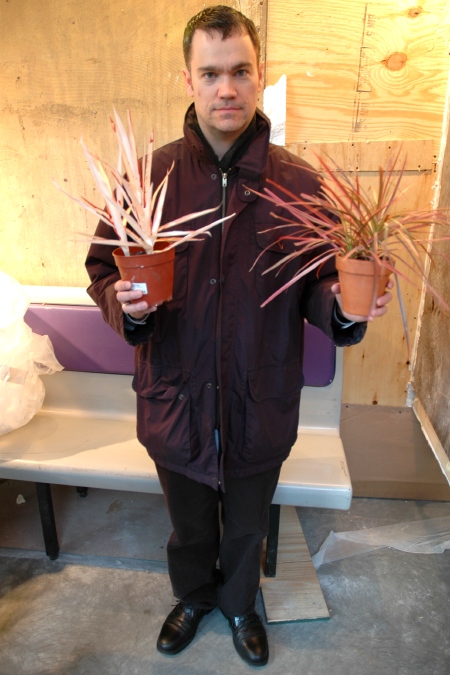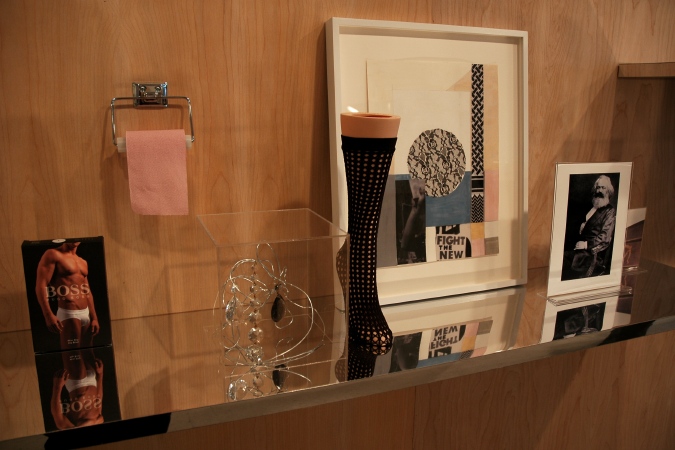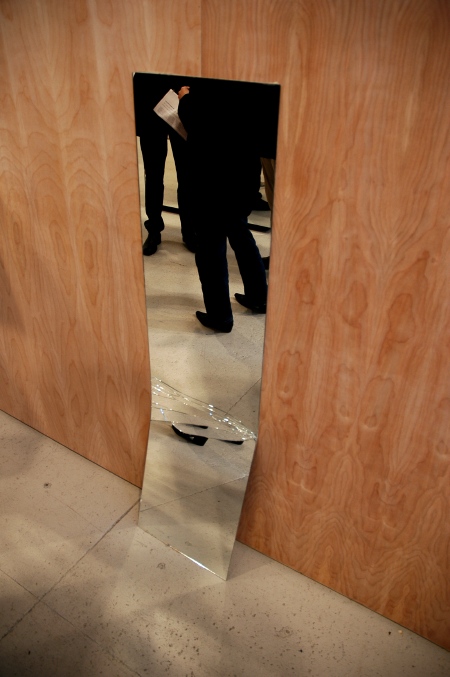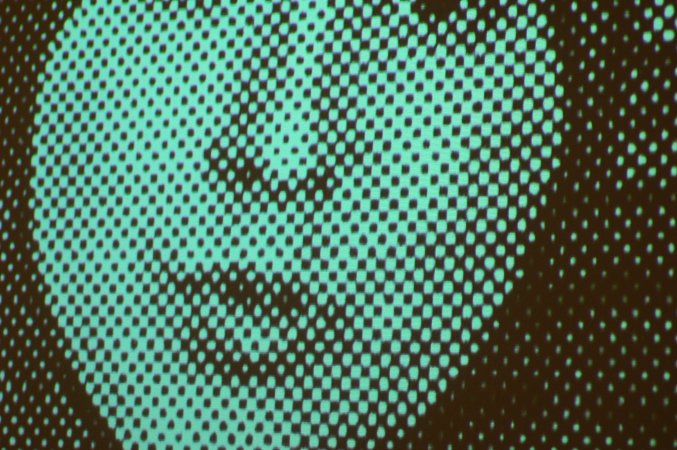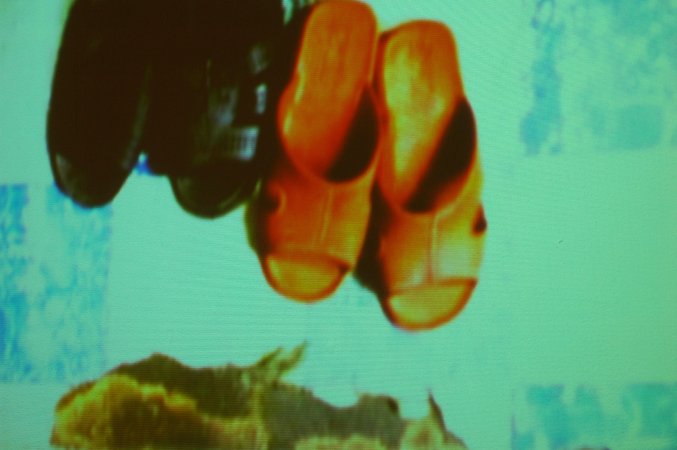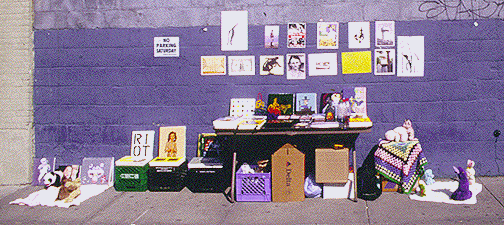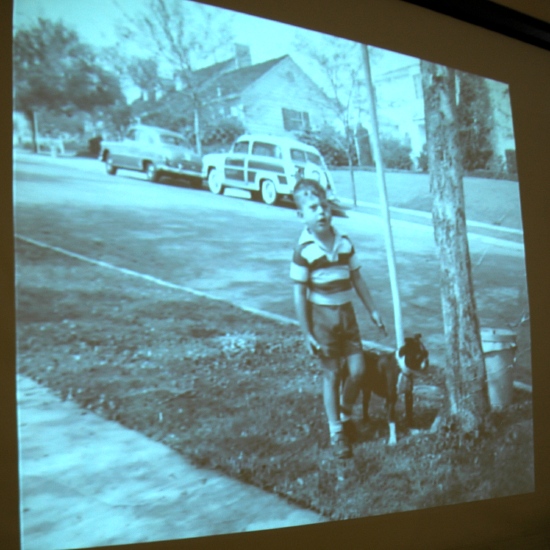
Barry and I joined a large gathering of some of Bill Bartman's friends in the Friends meeting house off Stuyvesant Park on Saturday. It was a beautiful fall afternoon. There were wonderful words, much good cheer, barely-suppressed tears, lots of hugs and of course some great cookies. There was also a delightful slide show of images which included this snapshot of the irrepressible Bill, when the child was a child.
Song of Childhood
by Peter Handke
When the child was a child
It walked with its arms swinging,
wanted the brook to be a river,
the river to be a torrent,
and this puddle to be the sea.
When the child was a child,
it didnt know that it was a child,
everything was soulful,
and all souls were one.
When the child was a child,
it had no opinion about anything,
had no habits,
it often sat cross-legged,
took off running,
had a cowlick in its hair,
and made no faces when photographed.
When the child was a child,
It was the time for these questions:
Why am I me, and why not you?
Why am I here, and why not there?
When did time begin, and where does space end?
Is life under the sun not just a dream?
Is what I see and hear and smell
not just an illusion of a world before the world?
Given the facts of evil and people.
does evil really exist?
How can it be that I, who I am,
didnt exist before I came to be,
and that, someday, I, who I am,
will no longer be who I am?
When the child was a child,
It choked on spinach, on peas, on rice pudding,
and on steamed cauliflower,
and eats all of those now, and not just because it has to.
When the child was a child,
it awoke once in a strange bed,
and now does so again and again.
Many people, then, seemed beautiful,
and now only a few do, by sheer luck.
It had visualized a clear image of Paradise,
and now can at most guess,
could not conceive of nothingness,
and shudders today at the thought.
When the child was a child,
It played with enthusiasm,
and, now, has just as much excitement as then,
but only when it concerns its work.
When the child was a child,
It was enough for it to eat an apple,
bread,
And so it is even now.
When the child was a child,
Berries filled its hand as only berries do,
and do even now,
Fresh walnuts made its tongue raw,
and do even now,
it had, on every mountaintop,
the longing for a higher mountain yet,
and in every city,
the longing for an even greater city,
and that is still so,
It reached for cherries in topmost branches of trees
with an elation it still has today,
has a shyness in front of strangers,
and has that even now.
It awaited the first snow,
And waits that way even now.
When the child was a child,
It threw a stick like a lance against a tree,
And it quivers there still today.
Lied von Kindsein
von Peter Handke
Als das Kind Kind war,
ging es mit hängenden Armen,
wollte der Bach sei ein Fluß,
der Fluß sei ein Strom,
und diese Pfütze das Meer.
Als das Kind Kind war,
wußte es nicht, daß es Kind war,
alles war ihm beseelt,
und alle Seelen waren eins.
Als das Kind Kind war,
hatte es von nichts eine Meinung,
hatte keine Gewohnheit,
saß oft im Schneidersitz,
lief aus dem Stand,
hatte einen Wirbel im Haar
und machte kein Gesicht beim fotografieren.
Als das Kind Kind war,
war es die Zeit der folgenden Fragen:
Warum bin ich ich und warum nicht du?
Warum bin ich hier und warum nicht dort?
Wann begann die Zeit und wo endet der Raum?
Ist das Leben unter der Sonne nicht bloß ein Traum?
Ist was ich sehe und höre und rieche
nicht bloß der Schein einer Welt vor der Welt?
Gibt es tatsächlich das Böse und Leute,
die wirklich die Bösen sind?
Wie kann es sein, daß ich, der ich bin,
bevor ich wurde, nicht war,
und daß einmal ich, der ich bin,
nicht mehr der ich bin, sein werde?
Als das Kind Kind war,
würgte es am Spinat, an den Erbsen, am Milchreis,
und am gedünsteten Blumenkohl.
und ißt jetzt das alles und nicht nur zur Not.
Als das Kind Kind war,
erwachte es einmal in einem fremden Bett
und jetzt immer wieder,
erschienen ihm viele Menschen schön
und jetzt nur noch im Glücksfall,
stellte es sich klar ein Paradies vor
und kann es jetzt höchstens ahnen,
konnte es sich Nichts nicht denken
und schaudert heute davor.
Als das Kind Kind war,
spielte es mit Begeisterung
und jetzt, so ganz bei der Sache wie damals, nur noch,
wenn diese Sache seine Arbeit ist.
Als das Kind Kind war,
genügten ihm als Nahrung Apfel, Brot,
und so ist es immer noch.
Als das Kind Kind war,
fielen ihm die Beeren wie nur Beeren in die Hand
und jetzt immer noch,
machten ihm die frischen Walnüsse eine rauhe Zunge
und jetzt immer noch,
hatte es auf jedem Berg
die Sehnsucht nach dem immer höheren Berg,
und in jeden Stadt
die Sehnsucht nach der noch größeren Stadt,
und das ist immer noch so,
griff im Wipfel eines Baums nach dem Kirschen in einemHochgefühl
wie auch heute noch,
eine Scheu vor jedem Fremden
und hat sie immer noch,
wartete es auf den ersten Schnee,
und wartet so immer noch.
Als das Kind Kind war,
warf es einen Stock als Lanze gegen den Baum,
und sie zittert da heute noch.
Now it's up to us to find a way to keep that child's stick quivering. Bill's dream of a world of art to which access is generous and free for both the artist and the public has to live.
[Handke's words are from the Wim Wenders site]
